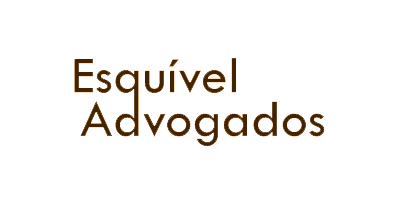How to boost your international video reach
Video is the most popular way for companies to communicate today, this Hubspot report informs us. And according to Wyzol, 85% of businesses use video as a marketing tool. Nowadays, you are doing business in an increasingly connected world, so what follows is that if you want to reach a wider audience, it is important that you make your videos available in more than one language. For this to happen, subtitling is key.
In this article you will learn which are the different ways of translating your video, what characterizes a quality video translation, and why it is best you work with a specialized translation company.
What are the differences between voice over, subtitles and captions?
When it comes to video translation, there are three ways to go about it:

- Voice over: voice talents create the audio in the language you need, and an editor adds it to the video, synchronizing it with the images. This is usually the most expensive option.
- Subtitles: a professional team translates the audio — and any important onscreen text — into the target language, and the translated text appears over the video.
- Closed captions: there are two differences between closed captions and subtitles.
- Firstly, subtitles translate spoken words into a foreign language, whereas closed captions present those words in the same language they are spoken in.
- Secondly, subtitles assume the viewer can hear the audio, whereas closed captions are meant for the hearing impaired.
This means that they include descriptions of any important non-verbal sound in the video — like music, a door knock, a sigh, etc.
If you are targeting hearing impaired people, closed captions are obviously the most appropriate.
If your video has particularly important visual elements, which viewers need to pay attention to, voice over is your best option, as it prevents your audience from losing focus by reading the translation.
And if you want to boost your video reach by making it available to a foreign audience, you should subtitle your videos in that audience’s language.
What to expect from a subtitling service?
If you are hiring a professional subtitling service, you should expect the following:
- Accuracy: subtitles must be accurate. Due to the constraints of audio timing and screen space, 100% accuracy is often not possible. But still, the subtitles should convey the gist of what is said;
- Clarity: the goal of subtitles is to help your audience understand your videos. Therefore, an indispensable part of the subtitling service is clarity. To ensure that the message will be clear enough, the subtitler must choose the words carefully;
- Legibility: captions and subtitles must obviously be easily readable, ensuring that viewers will be able to follow the sentences appearing on screen. This challenge can be particularly difficult when translating into more verbose languages;
- Fidelity: finally, the translation must respect the video’s tone and style. After all, the purpose of subtitling is to convey the original image of your brand and product, while communicating in your audience’s language.
As said above, subtitling your video is an essential step in growing your international audience, due to subtitles making your message available beyond the limits of its original language.
Plus, good subtitling entails careful work by language and video professionals — from advising you on what is the best solution for your video, to actually translating the audio and putting the translated words on screen.
This is why it’s valuable for you to partner with a subtitling company. Whether yours are institutional videos, training videos, films, commercials, social media videos or others, by working with a team of professional subtitlers you will be sure that your message is translated and presented to your audience just as it should be.




























